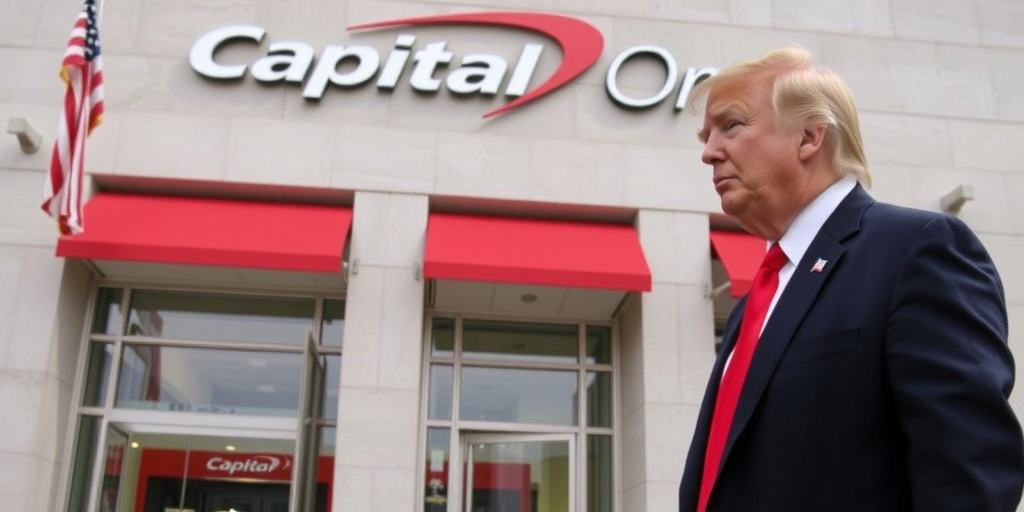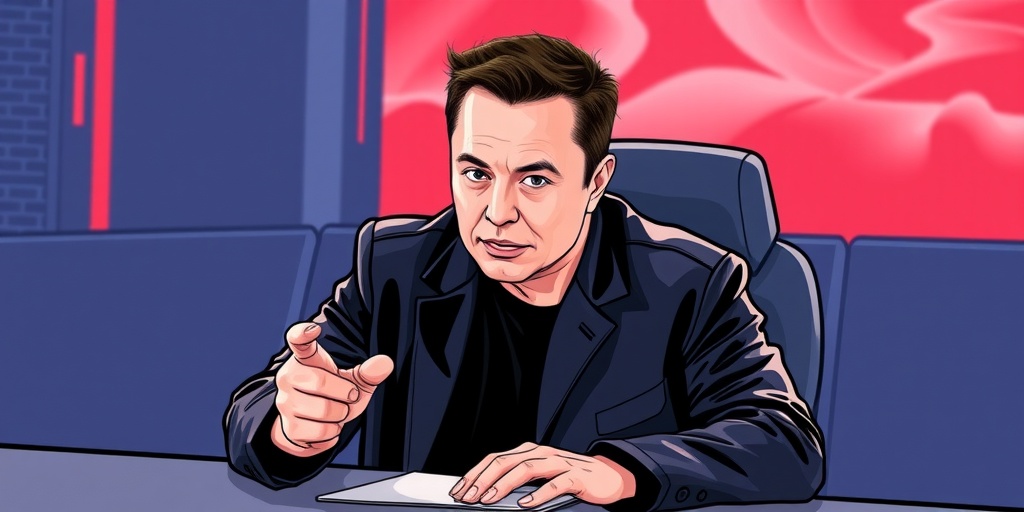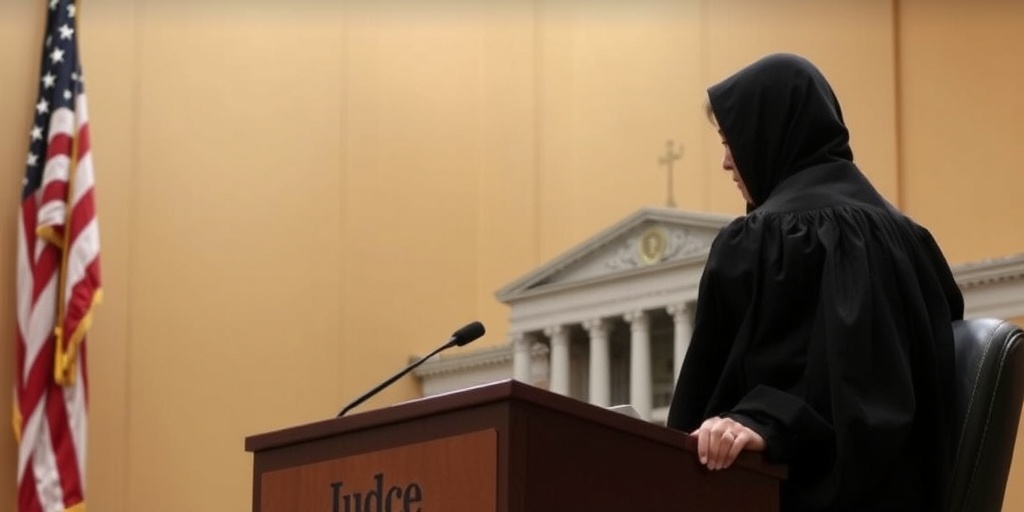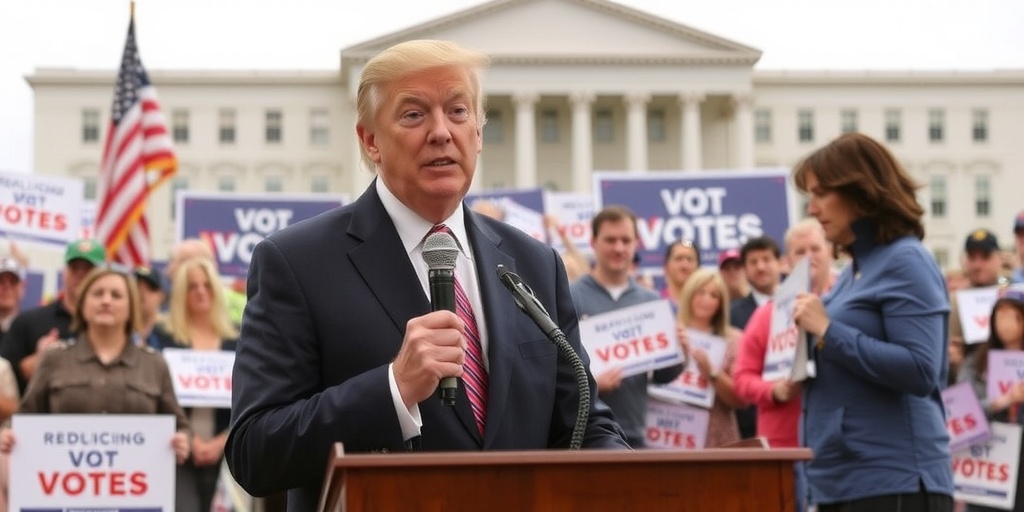Now Reading: Trump Warns Auto Chiefs: Brace for Impact
-
01
Trump Warns Auto Chiefs: Brace for Impact
Trump Warns Auto Chiefs: Brace for Impact
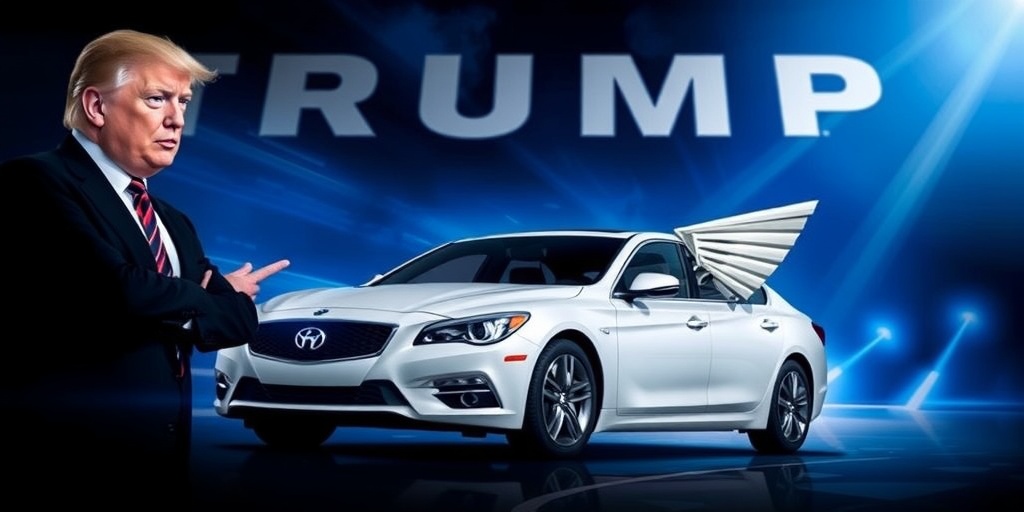
Trump’s Tariff Policy: A New Era of Protectionism
In an unsettling phone conversation from the Oval Office earlier this month, President Trump conveyed a stark message to America’s top auto executives: prepare for significant changes. During the call with Mary Barra of General Motors, John Elkann of Stellantis, and Jim Farley of Ford, he announced that tariffs would come into effect on April 2, leaving the executives with little room to maneuver. Following previous negotiations, where they had successfully secured a brief delay, it became clear that the auto leaders had exhausted their chances for further concessions.
The implications of Trump’s announcement have sent shockwaves through corporate America, particularly among major donors and industry leaders. Trump’s long-held belief—that foreign nations are taking advantage of the United States—is set to play out in unyielding tariff policies designed to "Make America Rich Again." The president’s faith in tariffs as a solution lies in their ability to assert unilateral power, allowing him to wield influence over numerous industries while creating an economy where powerful figures must appeal to him for relief.
Many companies had previously assumed Trump merely used tariffs as leverage in negotiations. They believed that, despite his rhetoric, he didn’t genuinely favor such drastic measures. However, as evidenced by recent events, his administration’s stance has shifted dramatically. Unlike during his first term, where he occasionally appeared restrained by falling market indices, Trump 47 has pressed forward with extensive tariffs despite the Dow Jones industrial average losing over 600 points since their introduction.
Trump’s willingness to impose these tariffs without regard to the stock market’s fluctuations starkly contrasts with his initial term. In that time, he placed tariffs on over $300 billion worth of goods, yet in less than two months of this presidency, he has already launched tariffs on approximately $1 trillion of imported products. While some polls indicate a decline in public support for Trump’s economic policies, advisers suggest the blame primarily rests on lingering high prices, rather than on the tariffs themselves.
One advisor noted that the Biden administration’s market performance has demonstrated to Trump that the stock market is not a reliable gauge of economic well-being or public sentiment—highlighting the notion that, despite appearances, economic indicators are not the full story. This realization, they believe, has solidified Trump’s commitment to his protectionist agenda, despite potential political fallout.
Since his re-election to a second term, Trump’s confidence in his tariffs has only grown. He has surrounded himself with advisors who share his views, leaving little room for dissent. This time around, his team includes figures like Commerce Secretary Howard Lutnick and Treasury Secretary Scott Bessent, who openly supported tariffs prior to their appointments. The absence of strong opposing voices, a contrast to his first term, has created an environment where public messaging about tariffs is debated, but the fundamental premise of using tariffs is now largely unquestioned.
Republican legislators are either adapting to Trump’s protectionist philosophy or remaining silent amid the evolving political landscape. The rare challenges to his stance come mainly from conservative publications, such as The Wall Street Journal, highlighting a shift in the party’s approach to trade.
Advisors have acknowledged that Trump’s course of action is being closely observed by foreign leaders, who anticipate signs of weakness if he retracts his tariff threats. Therefore, maintaining an image of firmness is paramount to Trump; any retreat from his threats could undermine his portrayal as a strongman among both leaders and his base.
While some exemptions have been granted—such as reduced tariffs on specific products for national security or economic necessity—Trump remains focused on escalating tariffs. For instance, he has offered limited reprieves to certain industries but continues to emphasize the potential for broader tariffs.
Industry leaders who have attempted to push back privately share concerns about retaliation from the Trump administration, leading many to adopt a cautious approach. Ultimately, despite hesitations regarding his tariff strategies, businesses continue to pin their hopes on the administration’s promises of tax cuts and deregulation.
With each passing day, the uncertainty surrounding Trump’s trade policies grows. The corporate community—once anxious about the impact of tariffs—now finds itself grappling with a new reality shaped by Trump’s unyielding stance on trade, ushering in a renewed era of American protectionism. The implications of this steadfast commitment to tariffs will undoubtedly create ripples across the economy, compelling businesses to reassess their strategies and positioning in a rapidly changing market landscape.
Stay Informed With the Latest & Most Important News
Previous Post
Next Post
-
 01New technology breakthrough has everyone talking right now
01New technology breakthrough has everyone talking right now -
 02Unbelievable life hack everyone needs to try today
02Unbelievable life hack everyone needs to try today -
 03Fascinating discovery found buried deep beneath the ocean
03Fascinating discovery found buried deep beneath the ocean -
 04Man invents genius device that solves everyday problems
04Man invents genius device that solves everyday problems -
 05Shocking discovery that changes what we know forever
05Shocking discovery that changes what we know forever -
 06Internet goes wild over celebrity’s unexpected fashion choice
06Internet goes wild over celebrity’s unexpected fashion choice -
 07Rare animal sighting stuns scientists and wildlife lovers
07Rare animal sighting stuns scientists and wildlife lovers














